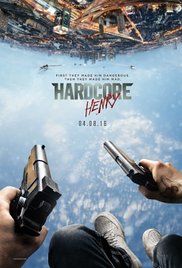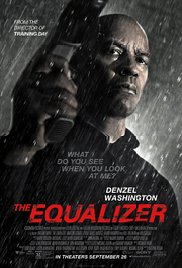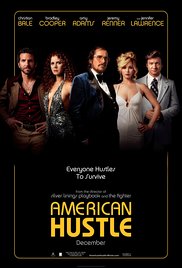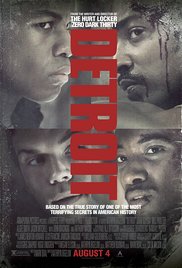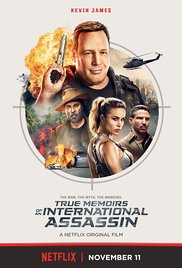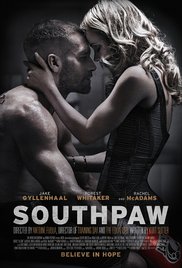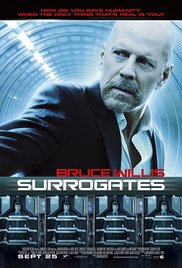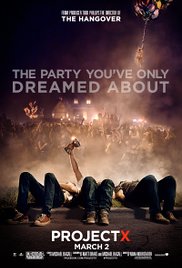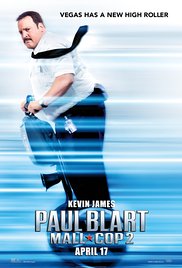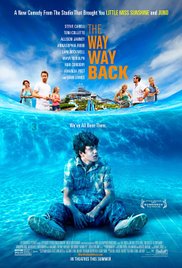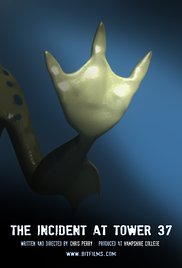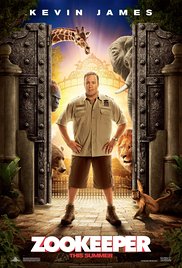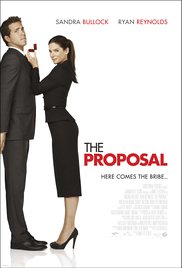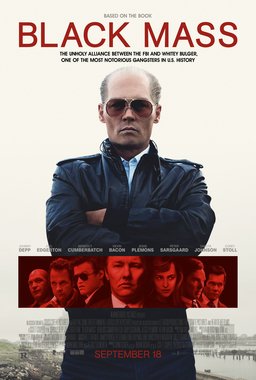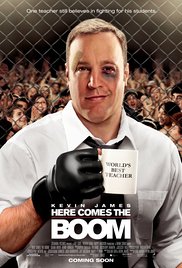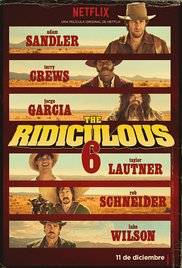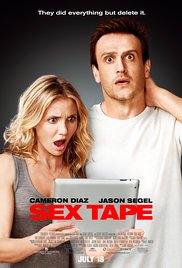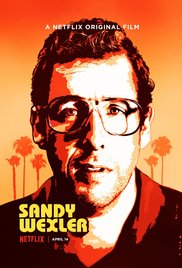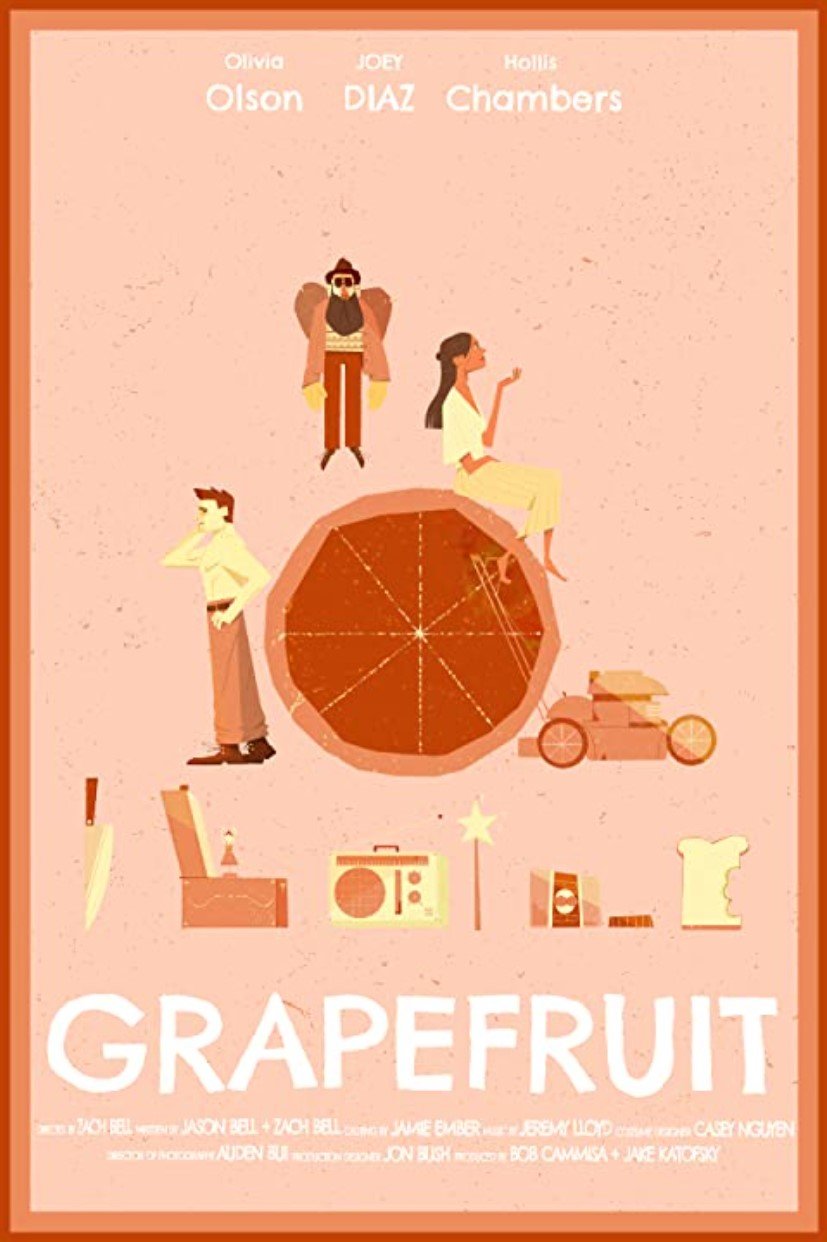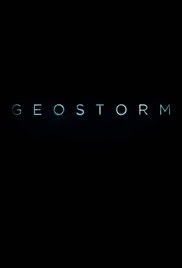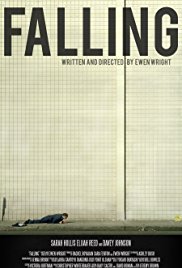Teaching
Courses
-
Course profile coming soon.
Students learn the fundamentals of digital content creation using 3D computer graphics. Students gain basic competency in modeling, texturing, and lighting. By the end of the course, students are prepared to engage in intermediate course-work in these areas.
-
Course profile coming soon.
Students learn the fundamentals of look development for 3D computer graphics in a 3D animation pipeline. Students gain competency with digital image manipulation, node-based shader workflows, and intermediate 3D lighting techniques. By the end of the course, students are prepared to engage with advanced look development techniques and workflows.
-
Course profile coming soon.
Students learn advanced look development techniques and workflows as well as creative best-practices in a collaborative setting. Students engage with advanced shader/material authoring tools, non-photorealistic shading and lighting techniques, and post-production workflows. By the end of the class, students are prepared to perform professional-quality look development in a collaborative setting and to pursue further study in look development and post-production.
-
Course profile coming soon.
Description coming soon.
-
Course profile coming soon.
Description coming soon.
-
Course profile coming soon.
Description coming soon.
-
Course profile coming soon.
Description coming soon.
-
Course profile coming soon.
Description coming soon.
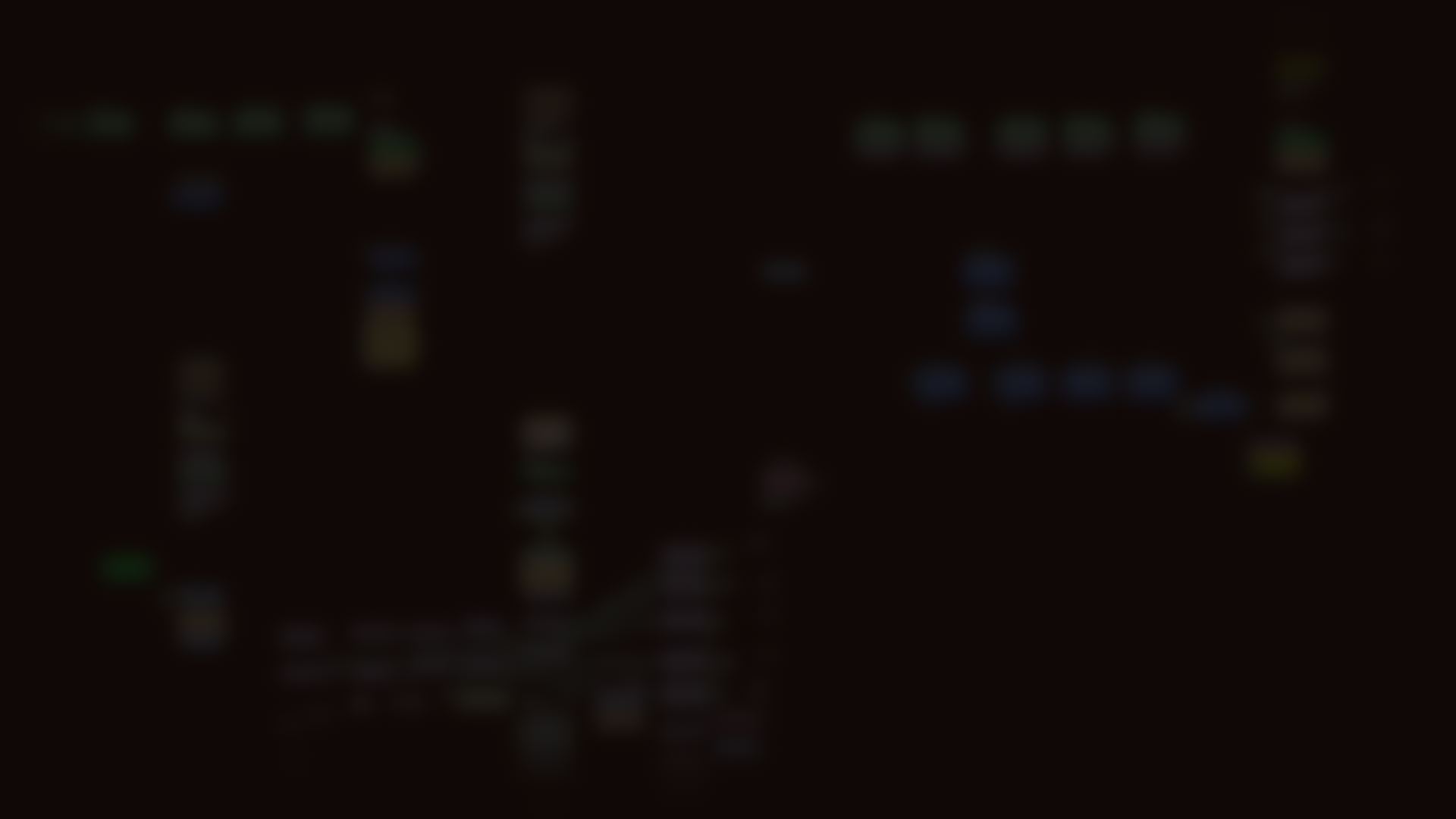
Compositing
| Mouse over the images! | |
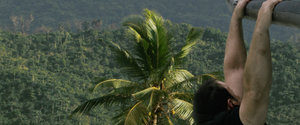 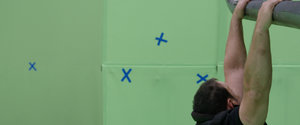 Keying/Background ReplacementKeying and rotoscoping are the bread and butter of compositing. I take special care to preserve every detail of the original footage when pulling a key or rotoscoping an edge. |
|
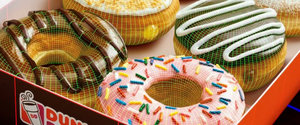  Still to Motion/3D ProjectionUtilizing 3D modeling and projections, I can bring still images to life to create the perfect camera move to showcase a product. |
|
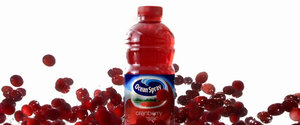 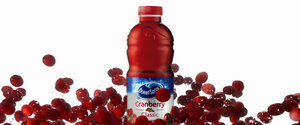 Product/Label ReplacementSometimes products or lables change between shoot and air date. No problem! Given an updated mechanical or a photo of the new product, I can easily insert the new product in to existnig photography. |
|
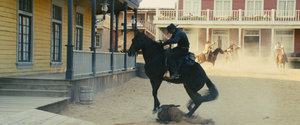 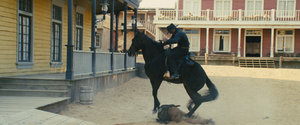 Split Screen IntegrationEverything is on the table in editorial. Sometimes that means combining two different takes of the same shot. Doing so in a seamless way can be a great asset in the film-making process. Having accomplished this many times, I know what to look for and how to merge plates so you won't see a thing. |
|
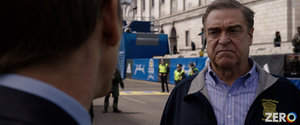 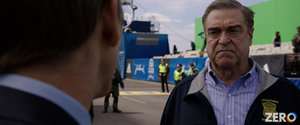 CG IntegrationIntegrating rendered 3D frames into live action employs every trick in a compositor's tool box. I go to great lengths to ensure that lighting, contrast and color are consistent to ensure a seamless integration. |
|
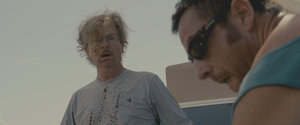 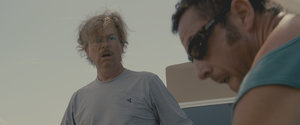 FX IntegrationFX elements do not always interact with static or rigid objects and 3D object tracks do not always line up 100% with the live action plate. I have extensive experience matching the deformation of cloth, skin or any other deforming object. |
|
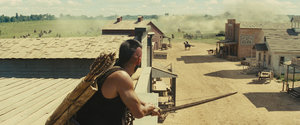 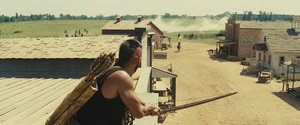 SFX EnhancementWhile great respect must be given to the craft of practical effects, there are occasions where VFX can give the director that extra something special. Whether using shot-specific elements or stock footage, I can add character and life to many practical effects, while maintaining realism. |
|
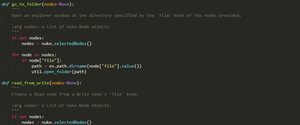 Tools and Pipeline DevelopmentHaving a good pipeline is integral to any team. A good pipeline does not always have to be complex. I love creating tools and gizmos for my colleagues to use to help get the job done. I have created many tools ranging from "plug and play" environments for use on many shots to small convenience functions to make some monotonous tasks faster and more efficient. I have also implemented production pipelines using software like Shotgun and FTrack. |
|
About Jeremy
I am a digital compositor with extensive experience working on projects large and small. My first passion is to create stunning images that evoke emotion and captivate the mind. From early in my career I have been trained to strive for excellence in all aspects of my work. I hold myself to the same high standards of quality whether I am working on a small project for a friend, or a multi-million dollar production.
I also love to create tools for myself and my colleagues to use in our every day work that make our jobs easier and more efficient. I have created many such tools ranging from fully "plug and play" digital environments designed for use on many shots, to small convenience functions for repetitive tasks. I have also participated in the design and implementation of several pipelines that interface with Shotgun and/or FTrack. Most significantly, I implemented a distribution of Shotgun Toolkit, with several custom built apps and libraries to facilitate multiple feature film projects in active production.
My Philosophy
Compositing occupies a unique place in the post-production pipeline. It is the nexus of many departments and disciplines. While rightfully thought of as a specialty, compositors must be well-versed in production, post-production, photography, physics, geometry and any other subject a project demands. It is incumbent upon a compositor to not just know the software and how to push the buttons, but to also be a dedicated student of life in order to know which buttons to push and why.
Compositing is also one of the last important steps before an image is presented to a client. Because of this, a high degree of care and attention must be paid to every part of an image, or a client's trust may be shaken. Efficiency is key in this process, as quick decisions always need to be made before a delivery. With the right preparation, those decisions can be acted upon and realized without missing deadlines. Good compositors know how to take those precautions.



